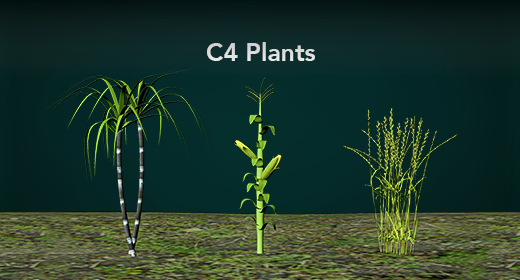Structure and Hydrolysis of ATP
Topic Description
Introduction: Adenosine tri-phosphate, also known as ATP, is an important molecule found in all living cells. It provides the “energy currency” of the cell. Remember that all cells
require energy to go through chemical reactions, solute transport, and mechanical work. Adenosine triphosphate is a complex organic molecule that provides the energy for all
of these processes. When a cell needs to use energy to accomplish a task, the ATP molecule provides that energy by splitting off one of its three phosphates. That ATP has now
become and ADP (Adenosine di-phosphate) + free floating phosphate. The energy that was holding that phosphate molecule is now released and available to use as energy for
the cell. Obviously, we could easily run out of ATP, so when the cell obtains new energy from nutrients, usually in form of glucose, it will get the energy out of the glucose and use
that energy to reattach the phosphate onto the ADP, thus recharging that ADP, turning it back into ATP. In this way, the ATP molecule is just like a rechargeable battery.
It can be used, then recharged, and used again repeatedly. Here you are looking at the chemical structure of ATP. Structure of ATP: Here you can see the chemical structure
of ATP, or Adenosine triphosphate. ATP is a molecule comprised of two main parts. First, you have the adenosine. Adenosine itself is a made of the nitrogenous base adenine and
the five-carbon sugar called ribose. Then, you have the triphosphate tail section. This is referring to the three phosphate groups that are coming off of the adenosine.
The triphosphate tail is the side of ATP where all the energy will come from when ATP is being used. It is the energy within the bonding between these phosphate groups that
Will provide all the useable energy that will be needed by the cell for all of its energy requirements.












